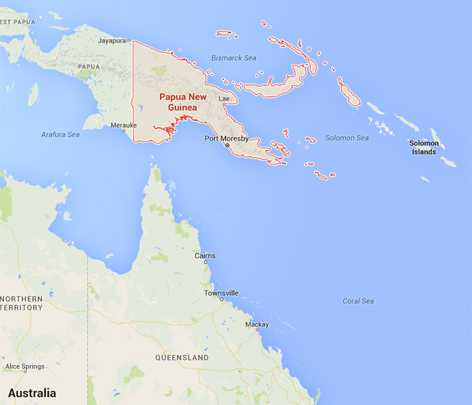Papua New Guinea

HIV Epidemic
- 0.8% Estimated HIV prevalence among adults 15–49 Years (2015)
- <1,000 Estimated AIDS-related deaths among adults 15+ Years (2015)
- 20,028 Estimated number of adults living with HIV receiving antiretroviral treatment (ART) (2015)
Source: UNAIDS Global Report 2016
TB Epidemic
- 432/100,000 Estimated TB Incidence (2015)
- 8% of tested TB patients who were HIV-positive (2015)
What We Do
CDC-Papua New Guinea supports in-country capacity building to design, implement, and evaluate HIV/AIDS surveillance systems and improve national health information systems to collect, store, analyze, and use high-quality data essential to HIV prevention, care, and treatment.
In addition, CDC-Papua New Guinea partners with National Department of Health (NDoH) and the World Health Organization (WHO) to strengthen laboratory capacity through International Organization for Standardization (ISO) accreditation, training field epidemiologists to improve HIV surveillance, improving quality of HIV patient care and treatment, and strengthening organizational governance and management systems by building staff capacity.
To improve the quality of HIV care and treatment by monitoring of quality indicators and to implement quality improvement projects, CDC- Papua New Guinea uses HIV Quality Improvement (HIVQUAL). In partnership with WHO and the NDoH, HIVQUAL has grown from a four hospital pilot to multiple HIV treatment centers throughout the country.
Discover more about CDC’s work in Papua New Guinea by viewing our detailed country profile.
More Information
More information and data regarding HIV and TB in Papua New Guinea is available online at WHO's TB Country Profiles.
More information about CDC’s global health work in Papua New Guinea is available online at CDC in Papua New Guinea.
- Page last reviewed: July 20, 2016
- Page last updated: July 20, 2016
- Content source:


 ShareCompartir
ShareCompartir